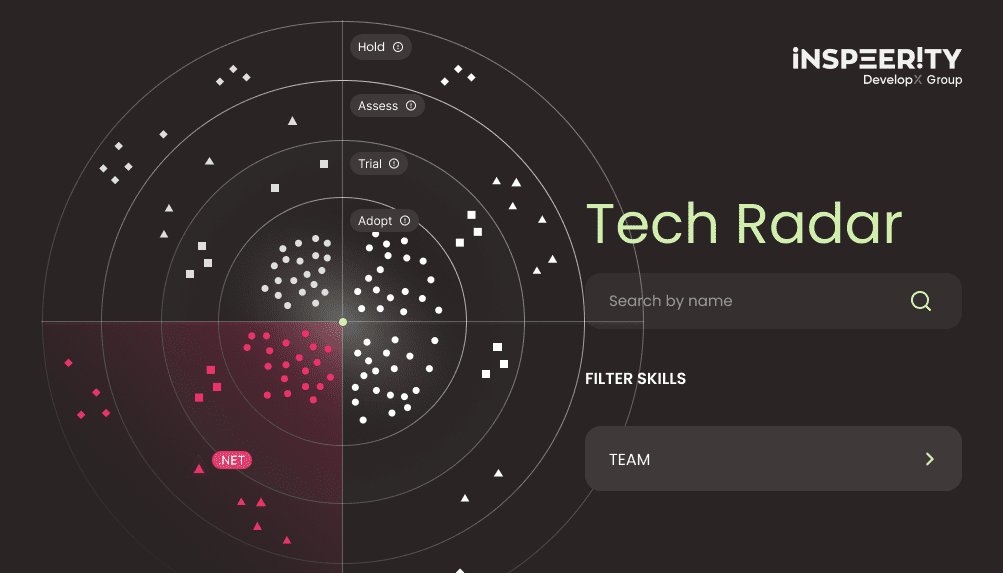How do you know if your ideas work? Before jumping into a project, it might be good to check if everything will go to plan. This is where Proof of Concept (POC) comes into the software process.
In today’s blog, I will share with you the main concepts surrounding POCs and how they work in the software development process.
Proof of concept in software development
Often custom software development is about experience. The more projects a developer delivers on, the more confident they can be about a solution. But it’s always good to check if our assumptions are correct.
This is where proof of concept matters. As developers, we have to validate our ideas and make sure that they work.
But more than that, proof of concept helps to reduce risk when developing a new software product. As well as being a way for developers to try different creation methods to validate ideas. Making sure we are certain of the correct approach.
It’s also a way to test the technical requirements of the project to technical limitations. It is rare, but sometimes decision-makers are not fully convinced their ideas are the best. This is where they ask us to build a POC to test business assumptions.
Proof of concept definition
A POC is a small test to see if an idea works. In short, a small prototype of your ideas. This is not the same as an MVP though. The main difference is that a POC is not a final product. It’s there to validate one feature.
While an MVP is a working solution. It contains the bare functions of the product and is there to be shared with decision-makers and can be implemented.
The importance of POCs
Proof of Concepts (POCs) plays a crucial role in software development for various reasons:
- Validating Feasibility – POCs validate software concepts, ensuring that they can work in practice.
- Reducing Uncertainty – They reduce uncertainty by demonstrating that concepts work. Often when developers are uncertain about their ideas and want to test different approaches.
- Risk Mitigation – POCs lower the risk of investing in poorly thought-out concepts. Saving time and resources.
- Informed Decision-Making – They help you to make data-driven decisions about whether to continue a project based on the POC’s results.
- Stakeholder Engagement – POCs can attract stakeholders and help show your ideas are worth their support. This is essential for project success.
- Securing Funding – They improve the chance of securing funding by showcasing the project’s potential.
- Transition to Full Development – A successful POC can be developed into a production-ready product. This helps to streamline the development process by using knowledge from the development phase.
Steps to create a successful POC
Creating a successful proof of concept (POC) may take different amounts of time. Ranging from quick one-day efforts to more extended sprints lasting two to three cycles. It’s important to keep an open mindset and good research. These elements enable the team to assess what’s achievable and how to proceed effectively.
When crafting a POC we usually follow these steps: First, it’s crucial to fully grasp the software idea or concept. Next, define clear goals and objectives for the POC. Then, carefully choose the right technologies and tools. After, design a simplified version to show the concept’s viability, all while maintaining a simple scope to allow for rapid testing. These steps ensure that the POC effectively evaluates the concept’s potential.
Read more about Custom Software Development
How do you evaluate your POC?
Evaluating a proof of concept (POC) relies on certain measures. If it works well from a technical standpoint, it’s a positive sign that the project is on track. Sharing these results with stakeholders helps assess its potential. Yet, if the POC faces technical problems and doesn’t work as expected, it might be considered a failure. It’s essential to figure out why, like choosing the wrong tools or methods. POCs can also help compare different ideas, making it easier to choose the best one for further work.
Proof of concept example
As an example, I would like to share an example of how a POC helped our client.
The problem – The client needed a document designer. This was because they had different document styles. And wanted a way to check if all documents had the same data.
The POC – We built a text editor for creating contracts. It was built by using contract templates and fetching data from the agreement configurator. It worked by using placeholders. We showed it to our stakeholders and investors to prove it worked, and they liked it.
The result – Because the POC worked it allowed us to expand on the product for a full release. We managed to prove that we had a working concept and could develop it further. The only reason we couldn’t release it in its current state was it was missing some key features, such as security.
Read more on how security is implemented during the software lifecycle.
Conclusion
No matter your role in software development, understanding POCs can help you in finding the right solution. From reducing risks to securing stakeholder approval, POCs offer a vital bridge between idea and production. As we’ve seen, POCs have many benefits. This makes them an essential tool for every software developer, decision-maker, and enthusiast.
By embracing the power of POCs, you’re not just building better software – you’re setting up the project’s success.




